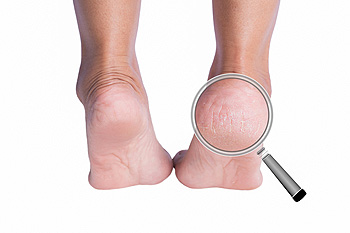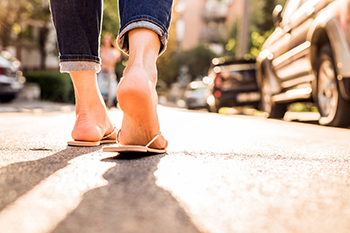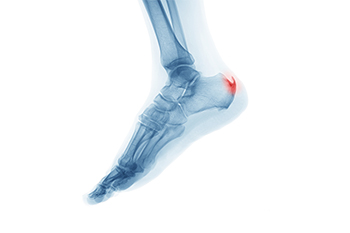
While dedicated pickleball shoes may not be abundant on the market yet, understanding the differences between pickleball shoes and tennis shoes is crucial for optimizing your game performance. Comfort, traction, and support are key attributes that pickleball shoes should possess, enabling swift court movement, quick direction changes, and preventing slips or injuries. Although tennis shoes can suffice if their soles provide adequate grip, pickleball shoes offer distinct advantages. They are lighter, possess a lower center of gravity, and provide enhanced support and grip. This is helpful in allowing players to maintain balance, maneuver swiftly, and execute abrupt stops and starts effectively. Conversely, tennis shoes distribute weight more evenly, tend to be heavier, and offer greater ankle support, but are less suitable for quick directional changes. Certain pickleball courts may also enforce specific footwear to protect the court and ensure player safety. If you are a pickleball enthusiast or aspiring player, it is suggested that you consult with a chiropodist who can help you choose the best footwear tailored to the demands of the sport.
Injuries to the foot and ankle are very common among athletes. If you have experienced an injury, please consult with one of the specialists from Thornhill Foot Clinic. Our chiropodists will assess your condition and provide you with quality foot and ankle treatment.
Common Injuries Among Athletes:
Achilles tendon injuries
Ankle strains or sprains
Plantar fasciitis
Fractures
Turf toe
Joint dislocations
Sever’s disease
Morton’s neuroma
Symptoms
Symptoms will depend on the cause and severity of the injury. Common symptoms for a foot or ankle injury include pain, swelling, tenderness, bruising, a reduced range of motion, and difficulty bearing weight or walking on the affected foot or ankle.
Diagnosis
Sports injuries are typically diagnosed after carefully examining the affected foot or ankle. This includes moving the injured area to test its range of motion. Medical history will need to be provided, as well as detailed information about how the injury occurred. Imaging studies, such as X-rays or MRIs, may be used to confirm or rule out certain diagnoses.
Treatment
Just like symptoms, treatment will depend on the type of injury and its severity. Initial treatment for many sports injuries is aimed at controlling inflammation and promoting the healing response. The acronym R.I.C.E is a helpful guide to implement for most acute injuries. This method involves resting, icing, compressing, and elevating the affected foot or ankle. In addition, anti-inflammatory medications may be administered and orthotic devices may be prescribed. For more severe injuries, surgery may be required. Lastly, rehabilitation or physical therapy may be needed to gain full functionality in the afflicted area.
If you have any questions, please feel free to contact our office located in . We offer the newest diagnostic and treatment technologies for all your foot care needs.




